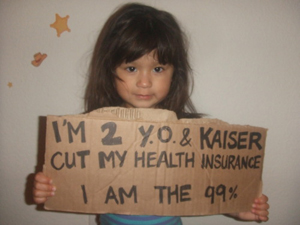
|
|
The Nationwide, Not-for-profit Health Service© ("NHS") and Not-for-profit Housing-Finance Network© ("NHFN") Divisions of Project 76--An American Affair, Inc.

|
|
"Why VA Health Care is Better Than Yours" -- © 2010 by Phillip Longman
"Ten years ago, veterans hospitals were dangerous, dirty, and scandal-ridden. Today, they're producing the highest quality care in the country. Their turnaround points the way toward solving America's health-care crisis."
By Phillip Longman
washingtonmonthly.com/features/2005
Charitable Contribution Donations TO Project 76--An American Affair, Inc. (A 501(c)(3) Public Charity Corporation), Are TAX DEDUCTIBLE for Federal Income Tax Purposes.
Contributions by Check PAYABLE to:
Project 76--An American Affair, Inc.
Tax ID & EIN -- 23-7382621
And MAILED TO:
2400 16Th Street, N.W., SUITE 545
Washington, D.C. 20009
Donation Confirmation PROVIDED Via:
First Class Mail (US Postal Service), and
donation@usasinglepayeroption.com
| M | T | W | T | F | S | S |
|---|---|---|---|---|---|---|
| 1 | ||||||
| 2 | 3 | 4 | 5 | 6 | 7 | 8 |
| 9 | 10 | 11 | 12 | 13 | 14 | 15 |
| 16 | 17 | 18 | 19 | 20 | 21 | 22 |
| 23 | 24 | 25 | 26 | 27 | 28 | 29 |
| 30 | ||||||
The VistA National Qualified Health Plan© Subsidiary, Nationwide, Not-for-profit Health Service, Single Payer Insurance Plan
The VistA Total Health Network© Subsidiary, Nationwide, Not-for-profit Health Service (NHS), Network of Non-profit Providers.
The VistAInTheCloud.com© Re-engineered VA VistA EHR Platform Subsidiary Links-Organizes-Operates NHS, The IT Enterprise
Copyright © 2025 Genesis Framework · WordPress · Log in